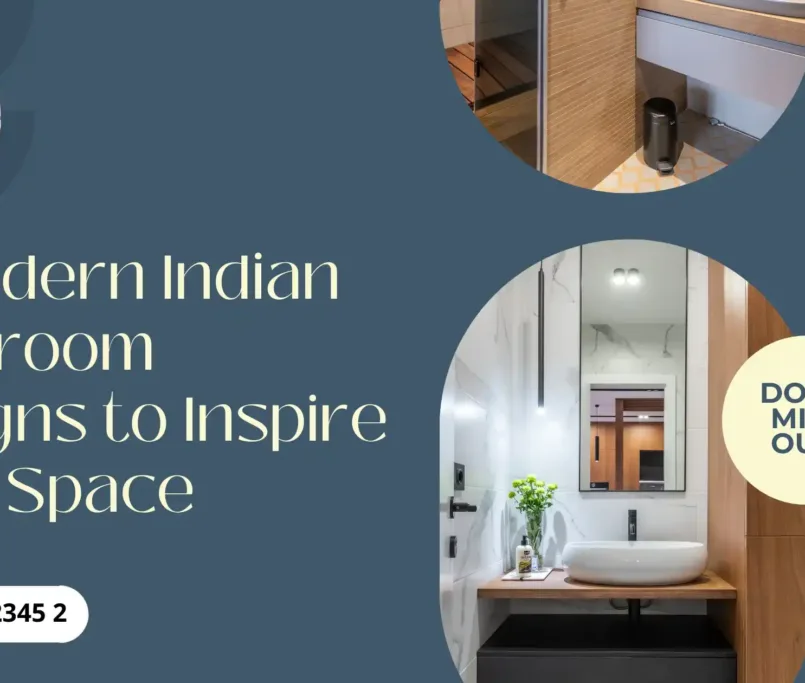A Comprehensive Overview of Hotel Interior Design
In the competitive landscape of the hospitality industry, the interior design of a hotel serves as a silent yet powerful communicator of its brand identity and values. It is the canvas on which a hotel can paint an experience that’s both memorable and unique, catering to the desires of its guests while standing out in a crowded market.
A well-thought-out hotel interior design goes beyond mere aesthetics; it is a symphony of art, psychology, and marketing that aims to comfort, enchant, and engage guests, making their stay unforgettable.
This article provides a deep dive into the essence, trends, and crucial elements of hotel interior design.
The Essence of Hotel Interior Design
At its core, hotel interior design is about storytelling. It’s about creating a cohesive narrative that guests can step into, experience, and remember. This narrative is built through a careful selection of colors, materials, lighting, furniture, and artwork, each contributing to the overarching theme or story the hotel intends to tell.
In this regard, every corner, hallway, and room becomes a chapter of a larger story, inviting guests to immerse themselves fully in the experience the hotel offers.
1. Lighting
Lighting plays a crucial role in creating a pleasant and functional environment. The right lighting can enhance the architectural features of a space and create a welcoming atmosphere.

It is important to consider the specific purpose of an area when choosing the appropriate lighting. For instance, warm and cozy lighting is ideal for bedrooms, as it creates a relaxed ambiance, while bright and refreshing lighting is suitable for fitness areas.
Incorporating task-specific lighting, such as reading lights, can add functionality where needed. By strategically placing lighting in lobbies or bar areas, you can highlight architectural features and create an inviting atmosphere.
2. The Lobby
The lobby is often the first point of interaction between the hotel and its guests. It’s where the first impression is formed, setting expectations for the rest of the stay. Therefore, the design of the lobby is crucial.

It should not only awe and welcome but also serve as a functional space that smoothens the check-in process and provides comfortable waiting areas. Innovative use of lighting can create a warm ambiance, while art installations and signature pieces can underscore the hotel’s theme or luxury status.
The lobby acts as the hotel’s handshake with its guests, a gesture that says much about the hospitality that awaits them.
3. Guest Rooms
The ultimate test of a hotel’s interior design lies in its guest rooms. These personal spaces must blend aesthetics with functionality, offering guests a haven of comfort and convenience.

Modern travelers expect more than just a bed; they look for a seamless integration of comfort, design, and technology. Comfortable to use furniture, high-quality bedding, ample lighting, and tasteful decoration all play a role in crafting a room that feels like a home away from home.
Additionally, the incorporation of local art or design elements can enhance the guest’s connection to the location, enriching their stay.
4. Restaurants and Bars
Hotel restaurants and bars are not just amenities; they are integral to the overall guest experience, offering a taste of the local cuisine or innovative dishes that become a highlight of the stay.

The interior design of these spaces is pivotal in creating the right atmosphere, whether it’s cozy and casual or sophisticated and luxurious. Lighting, seating arrangements, and decor elements should complement the culinary offerings, enhancing the dining experience.
Moreover, these spaces provide an opportunity for hotels to attract non-staying guests, serving as a bridge between the hotel and the local community.
5. Wellness Areas
The importance of wellness areas in hotels has surged, with guests increasingly seeking opportunities to relax and rejuvenate while traveling. Spas, fitness centers, and pools are designed to be tranquil retreats where guests can escape the hustle and bustle of their daily lives.

Natural materials, soothing colors, and elements like water features or indoor plants can contribute to a calming atmosphere. The design of these areas is critical in promoting a sense of wellbeing and relaxation, key components of the luxury experience many travelers seek.
Read also: Top 10 Interior Designers in Ahmedabad
Emerging Trends in Hotel Interior Design
1. The Rise of Sustainability
Sustainability is no longer a niche trend but a fundamental aspect of modern hotel interior design. Guests are increasingly aware of environmental issues and seek out accommodations that share their values.

This shift has prompted hotels to adopt sustainable practices in their design, such as using recycled materials, reducing energy consumption through smart design, and incorporating green spaces that offer guests a connection to nature. Best hotel examples of this approach are Bambu Indah Resort of Indonesia, Yalong Bay Earthly Paradise Birds Nest Resort, AKA Birds Nest Resort of China, etc.
2. Technology Integration for Enhanced Guest Experience
The digital revolution has transformed guest expectations, leading to the integration of advanced technology into hotel design.
Smart rooms that allow guests to customize their environment, apps for seamless service delivery, and digital art installations are just a few examples of how technology is enhancing the guest experience.

The challenge for designers is to integrate these technologies in a way that is intuitive and enhances, rather than detracts from, the hotel’s aesthetic appeal.
3. Experiential Design
Today’s travelers seek unique and authentic experiences that go beyond a standard hotel stay. This has led to a trend towards experiential design, where hotels create environments that offer guests a deep connection to the local culture, history, or landscape.

From rooms themed around local folklore to dining experiences that showcase regional cuisine, hotels are finding innovative ways to immerse guests in the local context, turning their stay into an adventure.
Conclusion
Hotel interior design is a critical factor in the success of a hotel, influencing not only guest satisfaction but also brand identity and market positioning. As we have seen, it requires a delicate balance between aesthetics, functionality, and innovation.
With trends continuously evolving, the future of hotel design promises even more exciting possibilities, from sustainable, eco-friendly practices to the integration of cutting-edge technology and personalized experiences.
By staying attuned to these trends and placing the guest experience at the heart of design decisions, hotels can continue to enchant and engage travelers, ensuring memorable stays that inspire loyalty and admiration.
If you also want your home interiors like lavish hotel rooms, contact Purn Interiors, take a one-on-one requirement discussion and consultation, and get your home designed like you never imagined before.












